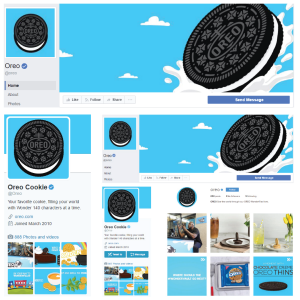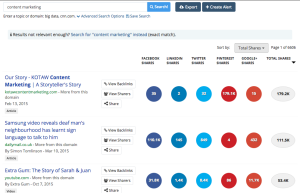September 6, 2016

In its first few years, digital marketing got a little bit of a free pass. Buyers – and even a good portion of the agencies – weren’t exactly sure if efforts were working… if they were actually converting an audience into leads and leads into customers. Now, in 2016, we’ve come a long way – with rich advertising and analytics/insight tools built directly into the channels we use. Digital no longer has that “free pass,” and that’s a great thing. It holds the entire industry to higher levels of accountability. It means agencies get to do better, more focused work, and clients have a much clearer idea of what they’re buying. (You can read a lot more about this in a white paper we published earlier this spring.)
As digital marketing’s results have become clearer, I want to help you devise a digital measurement plan. I recently had an email exchange with a team member over at Vertical Measures, who brought an infographic on the topic to my attention. Using their infographic as an outline, let’s take a closer look at how you can create a measurement plan to track the progress of your digital marketing efforts.
#1 Determine goals and align them with business goals.
Sounds simple, but it’s not. Having clear goals – purpose – is something that needs to happen at the foundational level. Pick up any business book, and you’ll find that purpose is one of the first things the author digs into. It’s discussed extensively in Keller/Papasan’s The One Thing, McKeown’s Essentialism, and I even touch on it in my latest book, Finally Human.
If the client and agency are not aligned in matters of purpose, the relationship won’t work. A highly targeted Facebook advertising campaign is very different from a campaign to create viral, organically spreading content, for example. Aim for one when the other is expected, and your client will be disappointed.
#2 Establish baseline metrics.
This one’s easy. Before you start, pull all the data on your current numbers.
#3 Create an automated dashboard.
Whether you opt for Facebook’s own tools or use a platform like Sprout Social, you need to have a dashboard. A dashboard is a platform you can quickly drop into to see how your efforts are going. Find out information about your audience profile, what posts are performing well, which ones are not, etc. This information is essential for creating better content and establishing better engagement habits. You absolutely cannot sustain digital marketing success without a dashboard.
#4 Create monthly insight reports.
This is where you sit down and look at the information in your automated dashboard and turn it into meaningful insights. Don’t feel limited to pulling from just one dashboard either. With some of our BuzzPlant clients, for example, we’ll use both Sprout Social and Minter.io to get different types of data. Lastly, if you’re a marketer, perfect your ability to develop insights, and you’ll likely never run out of clients. As Vertical Measures reminds us, “Only 30% of leading marketers feel they are effective at measuring content marketing impact on the bottom of the funnel.” The ability to do so is, and always will be, an in-demand skill.
Check out the full infographic below…

(78)









